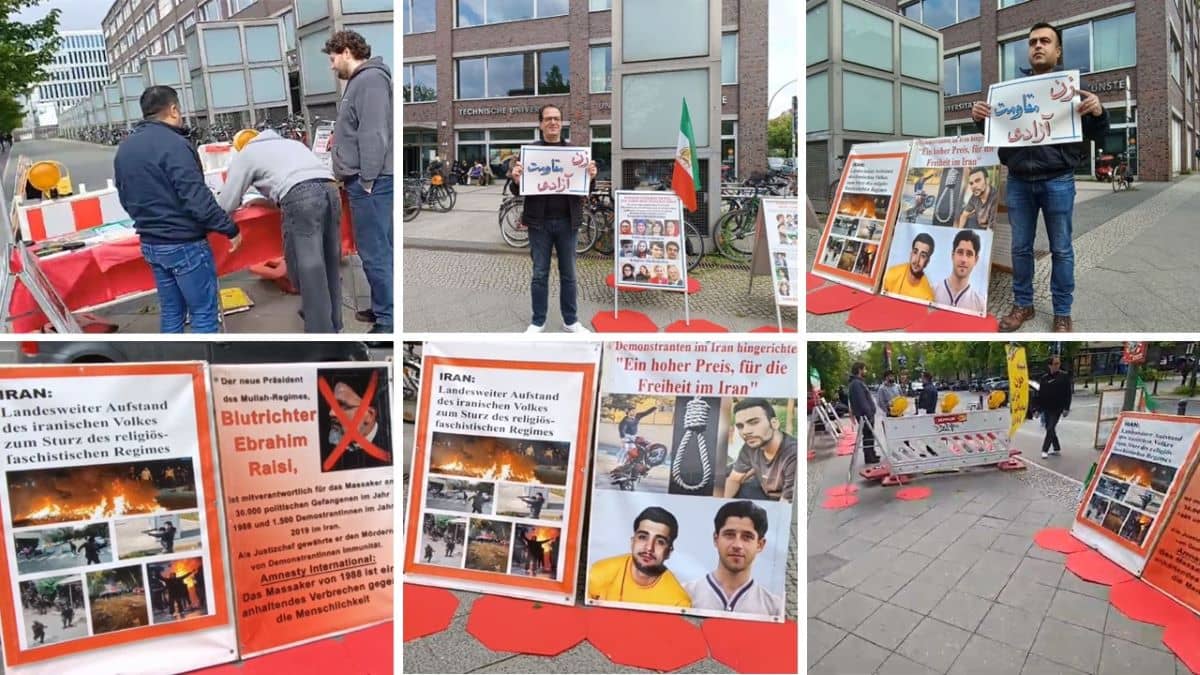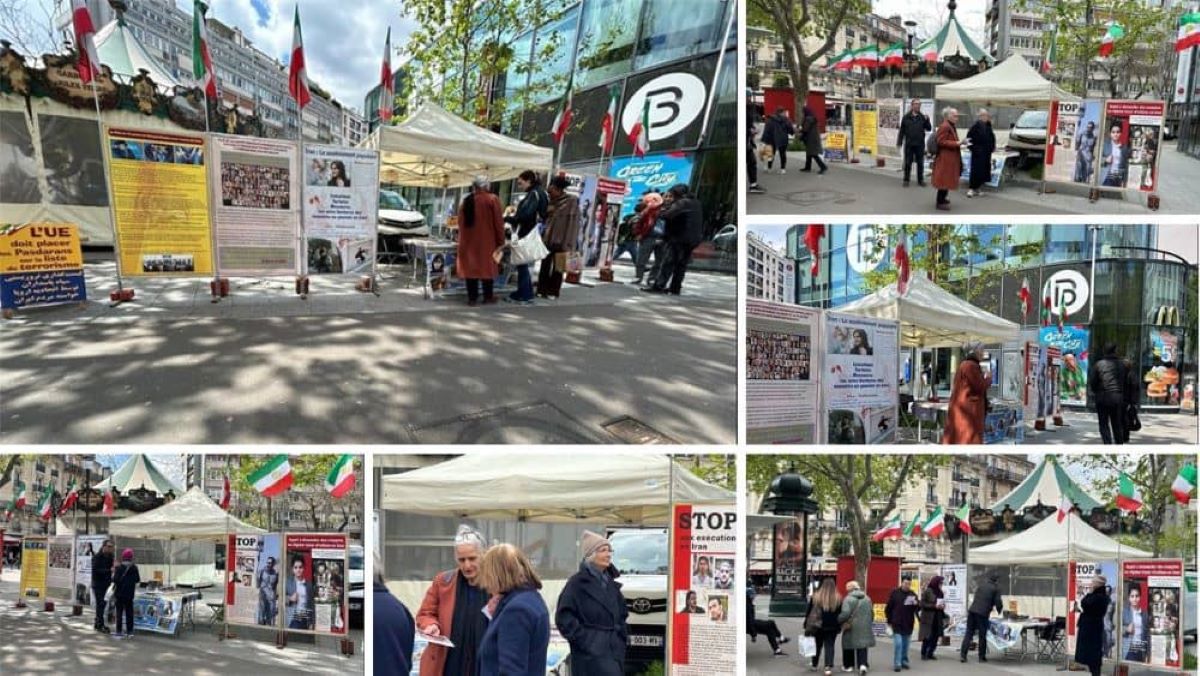New protests over water shortages began in Khuzestan two weeks ago on July 15, 2021, but, as is common with protests in Iran, it quickly became about regime change with people chanting slogans like “death to the dictator”, which has become common in anti-regime protests over the past four years.
The Iranian regime has responded to this by opening fire on the protesters, killing at least 12. The names of these 12 martyrs have been published by the People’s Mojahedin Organization of Iran (PMOI/MEK), but as the protests (and oppression by the regime) have increased, the state-run media have been warning that the repression will only increase the people’s hatred of the mullahs.
The Jahan-e Sanat daily said officials were “creat[ing] new crises with their approach to the current crises” and that this “immediate solution” would not actually solve the problem.
At the same time, many international organizations have spoken out about the human rights abuses in Iran, with Amnesty International writing in a statement on July 23 that the security forces “deployed unlawful force” through firing live ammunition at peaceful protesters.
Diana Eltahawy, AI’s Deputy Director for the Middle East and North Africa, said: “Using live ammunition against unarmed protesters posing no imminent threat to life is a horrifying violation of the authorities’ obligation to protect human life. Protesters in Iran who take to the streets to voice legitimate economic and political grievances face a barrage of gunfire, tear gas, and arrests.”
She continued: “Iran’s authorities have a harrowing track record of using unlawful lethal force. The events unfolding in Khuzestan have chilling echoes of November 2019, when security forces unlawfully killed hundreds of protesters and bystanders but were never held to account. Ending impunity is vital for preventing further bloodshed.”
Of course, the regime’s human rights violations go back to 1979 and was most prominent during the 1988 massacre of 30,000 political prisoners, something that the international community has failed to investigate. At the end of 2020, following the regime’s refusal to respond to calls for an investigation, seven United Nations Human Rights Experts called for the international community to investigate because impunity has led to more abuse of the Iranian people.
The MEK wrote: “This impunity should end, or it would certainly have a consecutive devastating impact on the Iranian people’s life. The international community should hold the regime to account for the recent human rights violation in Khuzestan and the 1988 massacre. This would certainly end the regime’s grim human rights violations. “





